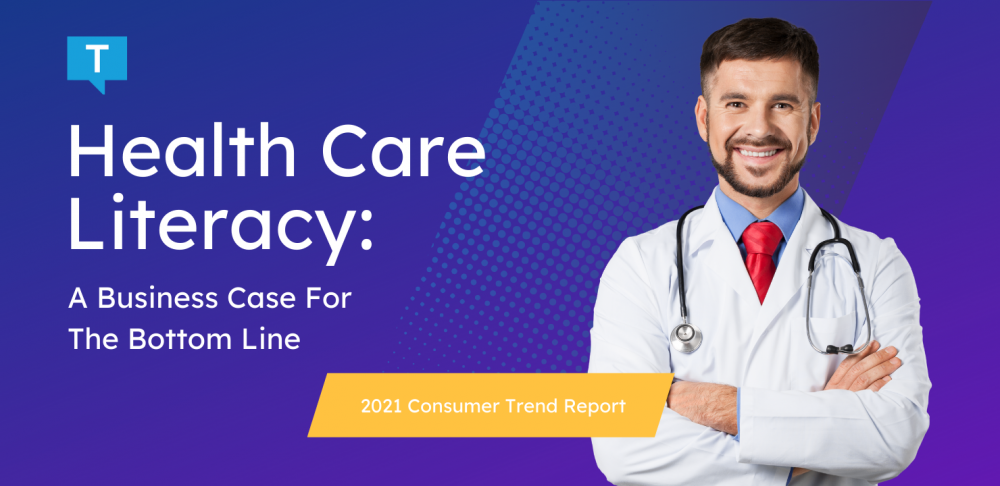Existing Client? Login
Article
Health Care Literacy: A Business Case For The Bottom Line

A 2021 Consumer Report by CNO Financial Group brings to light how many consumers still lack the knowledge they need to make informed choices about their health coverage. The results show a direct link between a lack of formal health care benefits education and poor health care decisions— decisions that can lead to lower quality care at a higher cost.
Key findings include:
- While most Americans receive their health insurance through their employers, only about a third (37%) make use of employer resources to learn how to select and use their health plans
- When consumers do take advantage of the educational resources available from their employer, they are increasingly accepting of digital channels for learning about their benefits plans options—though utilization rates remain low.
- Health care literacy remains low, with many consumers still not managing their plans as effectively as they could. 55% of respondents don’t know that they can compare treatment or services costs before choosing where to get their care.
Health care literacy is a critical issue for both individual health and business bottom lines. In the United States, we are fortunate to have access to some of the best health care in the world, but too many people still do not understand what their health coverage means or how to use it effectively. This can lead to wasted time and money, as well as poorer health outcomes. Employers have an important role to play in promoting health care literacy among their employees. By providing educational resources and supporting policies that make it easier for employees to get the care they need, employers can improve their workers' physical and financial wellbeing while also saving money on health care costs.
What is health care literacy?
Health care literacy is the ability to understand and use health information to make decisions about health. It includes understanding basic health information, such as understanding common medical terms and being able to read and understand a prescription label. Health care literacy also includes being able to find and use reliable health information, whether from the Internet, libraries, or other sources. People with low health care literacy skills are more likely to have poor health outcomes than those with higher skills.
Employers should be aware of this statistic and ensure that their employees have access to resources that will improve their health care literacy. One way we see our clients do this is by providing on-site clinics or offering discounted memberships to local gyms. Other ways include providing educational materials on various aspects of health care.
Why do you need a health care literacy initiative?
Employers need a health care literacy initiative to ensure that their employees have the resources they need to make informed decisions about their health. A literacy initiative can help employees understand their benefits, compare quality and prices of different providers, and more effectively use their coverage. By improving employees' understanding of health care, employers can improve overall satisfaction with benefits and promote healthy behaviors.
A Business Case For The Bottom Line
At the end of the day, the more informed your employees are about their health care options, the more money you can save on your health insurance. This can be especially true if you are on a self funded health plan, such as a Level Funded Plan or a Captive. Many of these plans will even reward groups with a refund check at the end of the year for those with good health!
If you have any questions about how to create a Health Care Literacy program for your employees, or have questions about self-funded plans, please reach out to us, and we'd be happy to help guide.

Marty Thomas
Marty has spent most of the last 20 years developing software in the marketing space and creating pathways for software systems to talk to each other with high efficiency. He heads our digital marketing efforts as well as oversees any technology implementations for our clients. As a partner, Marty is also responsible for internal systems in which help our team communicates with each other and our clients.